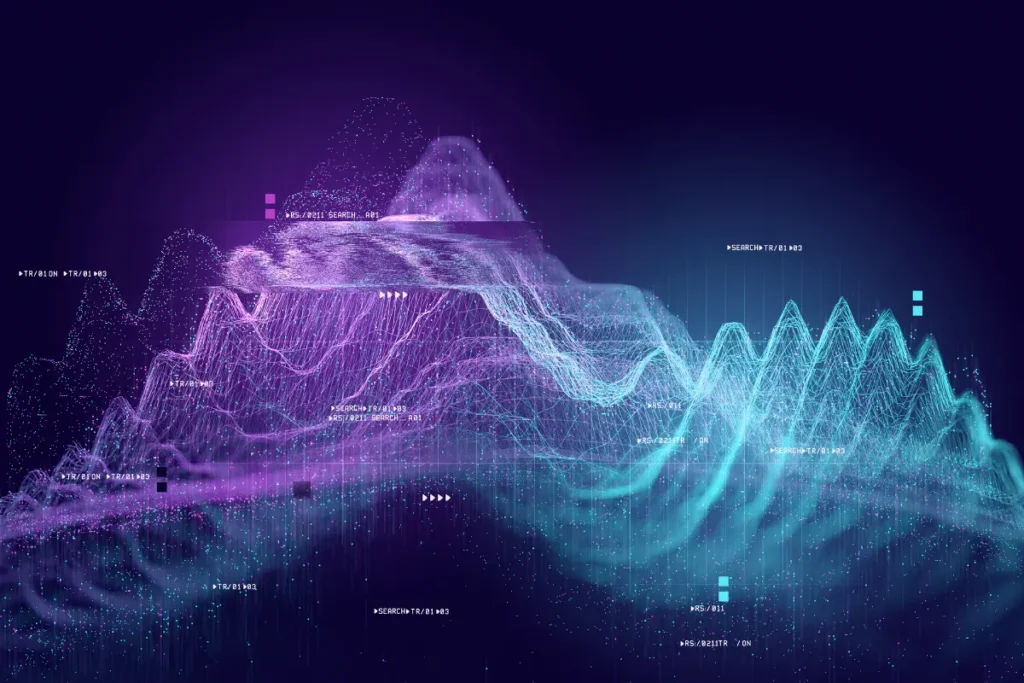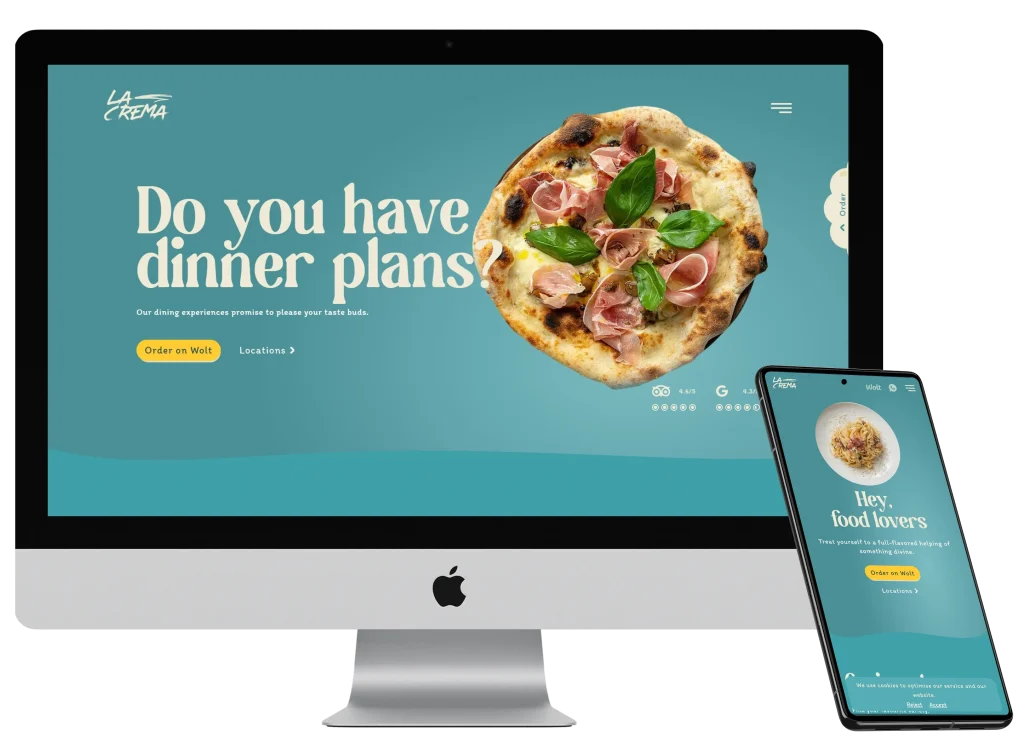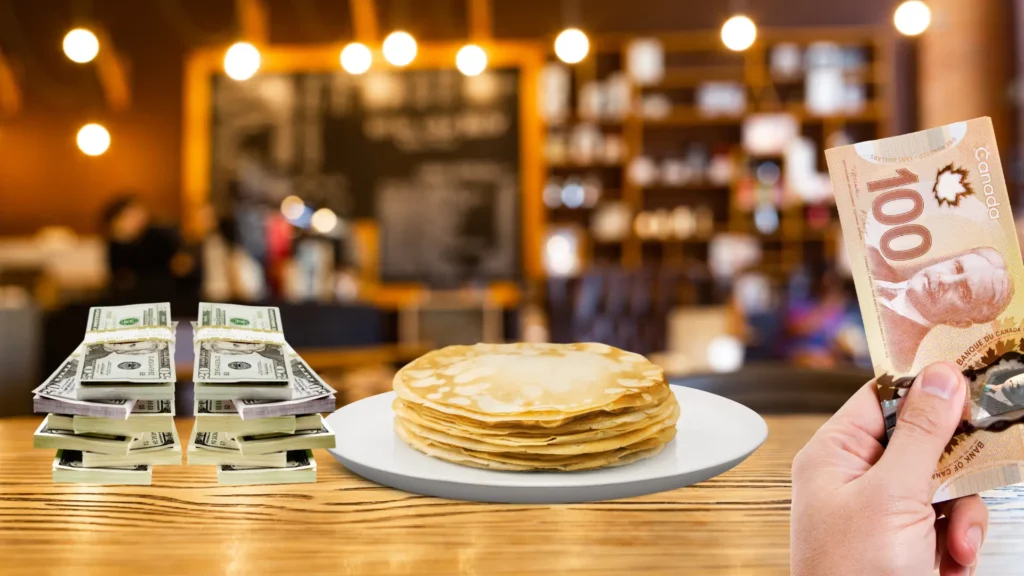In an era marked by economic fluctuations and heightened consumer awareness, companies are refining their strategies for increasing prices. Dynamic pricing and other methods employed are increasingly sophisticated, leveraging technology, data analytics, and consumer psychology to optimize pricing without alienating customers. Let’s dive into the latest trends and techniques in corporate pricing strategies, drawing on recent insights and examples from the market.
The Evolution of Pricing Strategies
Historical Context
Historically, price increases were often straightforward responses to rising costs of production, raw materials, or labor. However, as globalization intensified competition and consumers became more price-sensitive, companies had to adopt more nuanced approaches. In recent years, the advent of big data and advanced analytics has revolutionized how businesses approach pricing, allowing for more precise and dynamic adjustments.
Technological Advancements
Modern pricing strategies are heavily influenced by technological advancements. Companies are now utilizing artificial intelligence (AI) and machine learning algorithms to analyze vast amounts of data, including consumer behavior, market trends, and competitive pricing. These tools enable businesses to set prices dynamically, adjusting in real-time based on various factors such as demand fluctuations, inventory levels, and competitor actions.
For instance, retail giants like Amazon have pioneered dynamic pricing models where prices can change multiple times a day based on complex algorithms. This approach not only maximizes revenue but also keeps the company competitive in a fast-paced market.
Consumer Behavior and Price Sensitivity
Understanding Price Elasticity
A key component of modern pricing strategies is understanding price elasticity, which measures how sensitive consumers are to price changes. Research indicates that consumers are less price-sensitive today than they were in the past. A study by Harvard Business School found that consumers were 30% less price sensitive in 2019 compared to 2006, partly due to increased brand loyalty and perceived value (HBS Working Knowledge).
Psychological Pricing
Companies are also employing psychological pricing tactics to make price increases more palatable. This includes strategies such as:
- Charm Pricing: Setting prices slightly below a round number (e.g., $9.99 instead of $10).
- Bundling: Offering products in bundles at a slight discount to create a perception of value.
- Decoy Pricing: Introducing a higher-priced option to make other choices appear more reasonable.
Procter & Gamble, for example, has utilized these strategies effectively by enhancing product features while simultaneously increasing prices. This approach makes consumers feel they are receiving added value for the higher price (Fox Business).
Case Studies of Dynamic Price Increases
Dynamic pricing, also known as surge pricing, demand pricing, or time-based pricing, is a strategy where businesses adjust prices based on real-time demand and supply conditions. This approach allows companies to maximize revenue by charging the highest possible price that consumers are willing to pay. Here are some notable examples of companies that have successfully implemented dynamic pricing strategies.
Uber: Real-Time Surge Pricing
Uber, the ride-hailing giant, is perhaps the most renowned example of dynamic pricing. The company employs surge pricing to adjust fares based on real-time demand and the availability of drivers. During peak hours, special events, or adverse weather conditions, Uber’s dynamic pricing algorithm increases fares when the demand for rides exceeds the supply of available drivers. This strategy not only maximizes revenue but also incentivizes more drivers to hit the road, balancing supply with demand.
Amazon: E-commerce Dynamic Pricing
Amazon uses dynamic pricing to stay competitive and maximize profits in the e-commerce sector. Prices on Amazon can fluctuate multiple times a day based on various factors, including competitor prices, demand trends, inventory levels, and even consumer browsing history. This data-driven approach ensures Amazon offers competitive deals, attracting more customers and driving higher sales volumes. By dynamically adjusting prices, Amazon can maximize profit margins by selling products at the highest possible price that consumers are willing to pay, especially during high-demand periods like holidays and Prime Day (HBS Working Knowledge) (Fox Business).
Airlines: Yield Management and Fare Adjustments
The airline industry has long been a pioneer in dynamic pricing, using yield management techniques to adjust ticket prices based on real-time demand and supply conditions. Airlines employ sophisticated algorithms to analyze booking patterns, remaining seat inventory, and competitor pricing. Prices typically rise as the departure date approaches and seats become scarcer, while they may drop if a flight is under booked to attract more passengers. This dynamic adjustment allows airlines to fill more seats and maximize revenue, catering to both early bookers looking for deals and last-minute travelers willing to pay a premium (HBS Working Knowledge) (Fox Business).
Hotels: Real-Time Rate Adjustments
Hotels use dynamic pricing to adjust room rates based on real-time demand and occupancy levels. Revenue management systems analyze factors such as booking patterns, local events, and competitor pricing to adjust rates dynamically. During peak periods like holidays and special events, rates increase to capitalize on high demand. Conversely, prices may drop during off-peak times to attract more guests. This strategy helps hotels maintain higher occupancy rates and maximize revenue by capturing the maximum willingness to pay from guests (HBS Working Knowledge) (Fox Business).
Disney: Peak Pricing for Theme Parks
Disney has implemented dynamic pricing for its theme park tickets, adjusting prices based on anticipated crowd levels. Offering different pricing tiers based on expected demand, Disney charges higher prices during peak days such as holidays and weekends, while off-peak days are priced lower. This approach helps manage crowd levels, ensuring a better guest experience while optimizing operational efficiency. By charging higher prices during peak times, Disney maximizes its revenue while still providing affordable options during less busy periods.
Starbucks: Dynamic Pricing in Action
Starbucks also employs dynamic pricing strategies. Prices for Starbucks products can vary based on location, time of day, and local demand. For instance, prices may be higher in busy urban centers compared to suburban areas, reflecting the higher demand and cost of operations in city locations. Additionally, during peak hours, such as morning rush hours, prices may be slightly adjusted to manage the high influx of customers. Other restaurant brands are starting to implement dynamic pricing on their website and apps, especially larger chain restaurants and franchises.
The Role of Big Data And Data Analytics
Predictive Analytics
Big data and predictive analytics plays a crucial role in modern pricing strategies. By analyzing historical data and identifying patterns, companies can forecast future demand and adjust prices proactively. This helps in optimizing inventory levels, reducing markdowns, and improving overall profitability.
Real-Time Data
Access to real-time data allows businesses to respond swiftly to market changes. Retailers, for example, can adjust prices on the fly based on current sales data, competitor pricing, and consumer demand. This agility is particularly valuable in sectors with high volatility, such as fashion and electronics.
Future Trends in Pricing
Personalized Pricing
Personalized pricing, enabled by big data and AI, is an emerging trend where prices are tailored to individual consumers based on their purchasing history, preferences, and behavior. While this approach raises ethical and privacy concerns, it has the potential to significantly boost revenue by aligning prices more closely with what consumers are willing to pay.
Subscription Models
The rise of subscription-based models in various industries, from streaming services to meal kits, offers another avenue for smart pricing. These models provide a steady revenue stream and opportunities for incremental price increases, often justified by added features or enhanced services.
Sustainability and Ethical Pricing
As consumers become more conscious of sustainability, companies are incorporating ethical considerations into their pricing strategies. This includes pricing products to reflect their environmental impact, ensuring fair wages throughout the supply chain, and transparently communicating these efforts to consumers.
Conclusion
The landscape of corporate pricing is becoming increasingly sophisticated, driven by technological advancements, a deeper understanding of consumer behavior, and the strategic use of data analytics. Companies are not only raising prices to maintain profitability but also doing so in ways that enhance perceived value and maintain customer loyalty. As these trends continue to evolve, businesses will need to stay agile and innovative in their pricing strategies to thrive in a competitive market.













